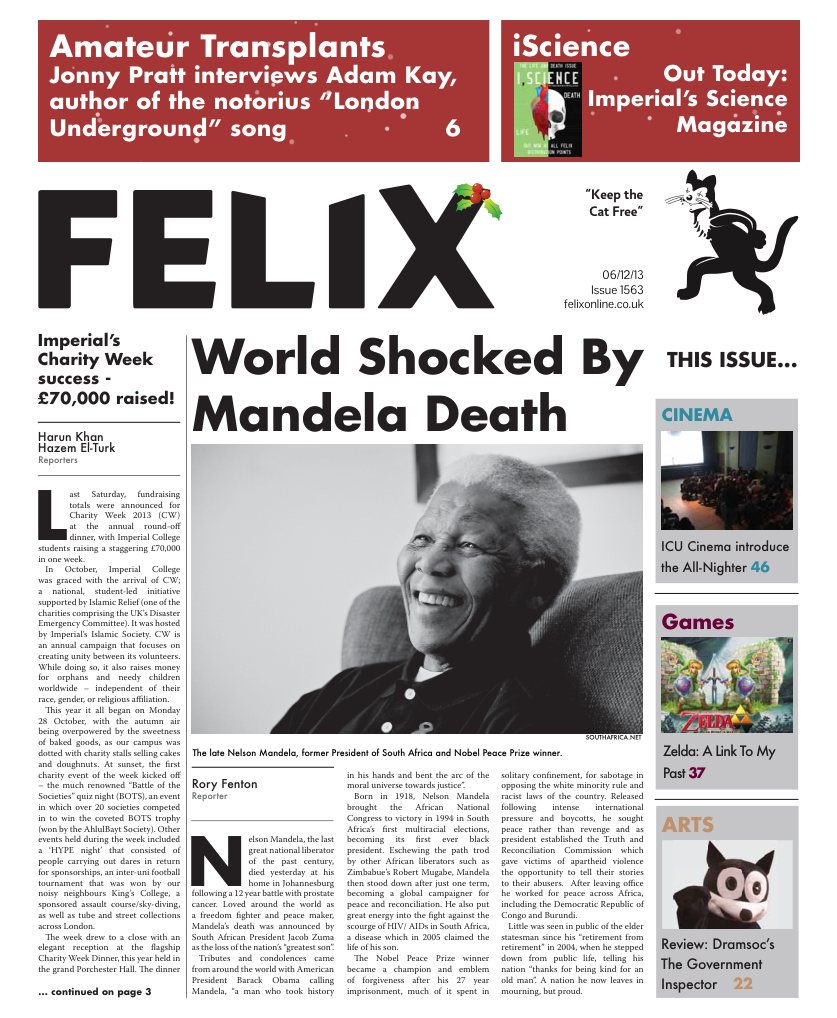Serpentine Double Whammy
Visiting the Serpentine Gallery, situated in the middle of Hyde Park, usually constitutes a pleasant lunchtime distraction...
What: Wael Shawky: al-Qurban & Jake and Dinos Chapman: Come and See Where: Serpentine & Serpentine Sackler Gallery, Hyde Park, SW6 When: 29 Nov 2013 – 9 Feb 2014 Price: FREE
Visiting the Serpentine Gallery, situated in the middle of Hyde Park, usually constitutes a pleasant lunchtime distraction. I cannot recommend that over the next few months. The current exhibitions are spread across their two venues; Wael Shawky: al-Qurban at the Serpentine Gallery and Jake and Dinos Chapman: Come and See at the Serpentine Sackler Gallery. Both are, in their own ways, dark, challenging and absorbing, requiring serious investment in the artists’ languages and totems. Wael Shawky’s three short films are at least relatively accessible. The emerging middle-eastern artist is fresh enough not have yet acquired a Wikipedia page, yet his brace of prestigious awards is growing rapidly. His works, most notably his films, explore the history and culture of the region of his birth, with an emphasis on questions of mythmaking, truth and authority. The Horror Show File and The Path to Cairo both cinematically retell the history of the Crusades, utilising marionettes and unravelling stories of conflict, death and betrayal. The puppets themselves are on display at the gallery and are worth examining. Their grotesque, occasionally chimeric, design plays on the notions of mutability and caricature that are threaded through his explorations of historical narrative. Both films are narrated in Classical Arabic, the language of news reports, lending a superficial authority the stories, which, in reality, interlace fact and legend. Allusions like these may be lost on those (such as myself) who lack a familiarity with Arab history. However, the films stand on their own as eerie, atmospheric and self-contained tales of human nature. A third film, Al Araba Madfuna II, is also on show. This newer work utilises child actors to tell two parables by the Egyptian writer, Mohamed Mustagab. The cinematography is beautiful and evocative, anchoring the stories amid ancient mud building and waterways. The children’s speech is provided by adults. They also wear adult clothes (and fake moustaches) but, far from veering towards absurdity, the device lends a strange naivety and pathos to the parables. It is difficult to avoid seeing the show in the light of contemporary events in the middle-east, many of which seem to echo those of the past. The question hangs in the air: how will the stories we are living through today be told in years to come? Any meditations on human nature and ancient history with which you leave the gallery are but airy whimsy in comparison to what the Chapman brothers have in store for you. For those who damn contemporary artists for peddling provocation and shock, the Chapmans are chief among sinners. Torture, gore, genocide, perversion and pain are their media and they employ them without restraint. The bewildering show constitutes a mass of work dating back to the 90s. The show-stealers however are a set of four of the brothers’ infamous dioramas. For those unfamiliar with the Chapmans’ work, these deserve some description. Each piece consists of a large, intricate diorama composted of painstakingly painted plastic models… of Nazis in hell. Whatever depraved, evil, genocidal activities you can think off, the Third Reich and their skeletal accomplices are doing it to themselves. The scenes are horrific illustrations of human evil and overtly reference Hieronymus Bosch. The dioramas are only one example of a cornucopia of confrontational and darkly humorous works. The gallery is also populated with mannequins in the garb of KKK members, peering at the artwork and lounging on chairs. Beneath their robes the plastic Klansmen wear brightly striped woollen socks. Whilst nightmarish and shocking, the Chapman brothers’ work provides a provocative and thought provoking exploration of the darker side of human nature. The show may not be for everyone, but as an overview of the artists’ work it is worth a visit for the adventurous. Art may have lost its ability to shock, but not to disturb.





